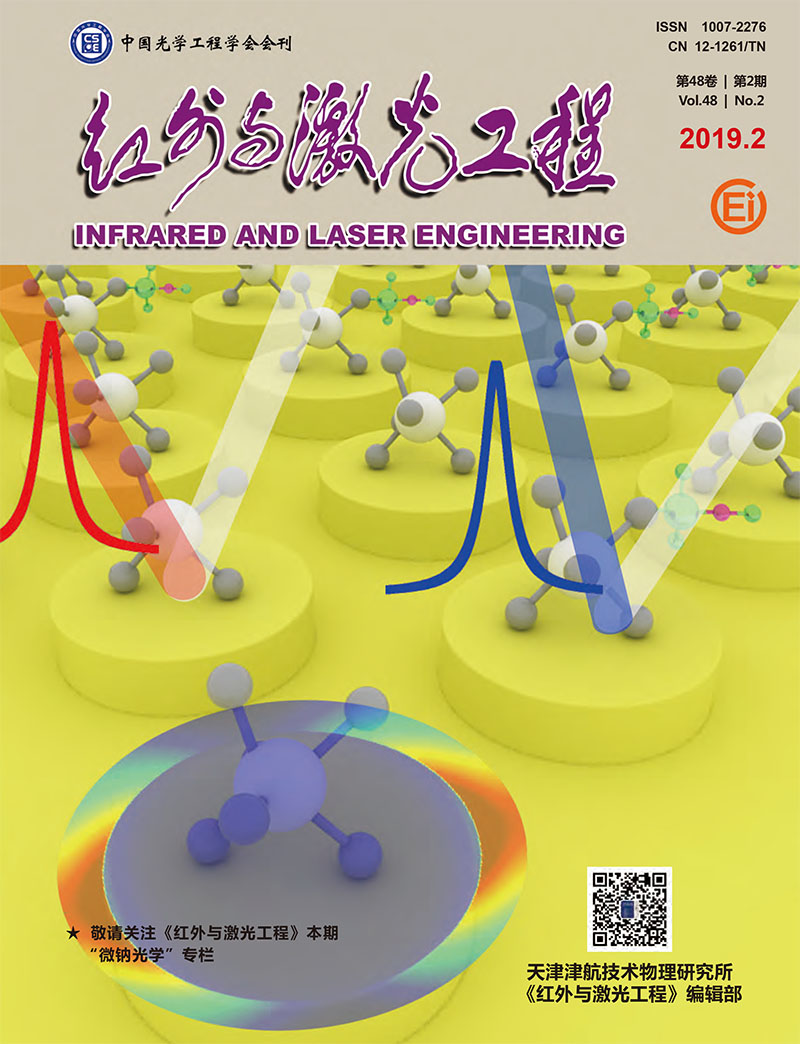|
[1]
|
Cominsky L, Forman W, Jones C, et al. UHURU observations of the globular cluster X-ray source NGC 6712[J]. The Astrophysical Journal, 1977, 211:L9-L11. |
|
[2]
|
张双南. 空间时代的天文学研究[J]. 中国科学院院刊, 2014, 29(5):590-602. |
|
[3]
|
Huang Chen, Wang Jianjun, Xue Li, et al. Next generation of astronomical telescope and survey mission (I)[J]. Infrared and Laser Engineering, 2016, 45(2):0217006. (in Chinese) |
|
[4]
|
Wolter H. Generalized Schwarzschild system of mirrors with glancing reflection as optical system for X-ray[J]. Annals of Physics, 1952, 10:286-295. |
|
[5]
|
Weisskopf M C, Tananbaum H D, Van Speybroeck L P, et al. Chandra X-ray observatory (CXO):Overview[C]//SPIE, 2000, 4012:2-17. |
|
[6]
|
Rajiva S. Chandra X-ray observatory (AXAF)-NASA's most powerful X-ray space telescope[J]. Bulletin of the Astronomical Society of India, 1999:227-231. |
|
[7]
|
Lumb D H, Jansen F A, Schartel N. X-ray Multi-mirror Mission (XMM-Newton) observatory[J]. Optical Engineering, 2012, 51(1):011009. |
|
[8]
|
Citterio O, Conconi P, Ghigo M, et al. Results of X-ray measurements on electroformed mirror shells for the XMM project[C]//SPIE, 1993, 1742:256-264. |
|
[9]
|
Misaki K, Kunieda H, Maeda Y, et al. Ground-based X-ray calibration of the telescopes onboard Astro-E2 satellite[C]//SPIE, 2004, 5168:294-306. |
|
[10]
|
Serlemitsos P J, Soong Y. Foil X-ray mirrors[J]. Astrophysics and Space Science, 1996, 239(2):177-196. |
|
[11]
|
Koglin J E, Christensen F E, Craig W W, et al. NuSTAR hard X-ray optics[C]//SPIE, 2005, 5900:59000X. |
|
[12]
|
Craig W W, An H J, Blaedel K L, et al. Fabrication of the NuSTAR flight optics[C]//SPIE, 2011, 8147:81470H. |
|
[13]
|
Zhang S N, Feroci M, Santangelo A, et al. eXTP:Enhanced X-ray timing and polarization mission[C]//SPIE, 2017, 9905:99051Q. |
|
[14]
|
Ling Xin. China catches up in X-ray astronomy[J]. Bulletin of the Chinese Academy of Sciences, 2017, 31(2):74-79. (in Chinese) |
|
[15]
|
Shen Z X, Wang X Q, Wang K, et al. Development of X-ray multilayer telescope optics for XTP mission[C]//SPIE, 2016, 9905:990520. |
|
[16]
|
Xie Wenliang, Shen Zhengxiang, Yu Jun, et al. Support structure design and mechanical experiment analysis of X-ray focusing telescope[J]. Infrared and Laser Engineering, 2018, 47(4):0418002. (in Chinese) |
|
[17]
|
Ma Guoyu. Research on statistical methods of allowed values for material mechanics design and software development[D]. Shenyang:Northeastern University, 2010. (in Chinese) |
|
[18]
|
Wang Hai, Shen Zhen. Composite Material Manual[M]. Shanghai:Shanghai Jiaotong University Press, 2014. (in Chinese) |









 DownLoad:
DownLoad: